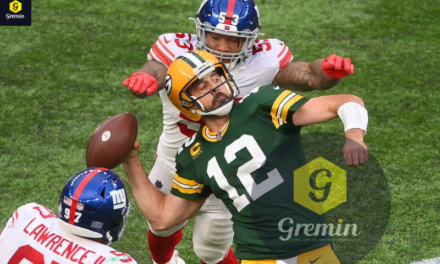According to the Hindu calendar, Diwali Deepawali falls on the 15th day in the month of Kartik and this year the festival of lights will be celebrated in India on October 24. It is being celebrated throughout India with different ways and hold significance in different ways.
For Hindus in Northern India, Diwali symbolises the return of Ram with wife Sita and brother Laxman to Ayodhya after being exiled for 14 years. When he returned, Ram was welcomed home with diyas and fireworks which were lighted throughout the kingdom. The gurdwaras in Punjab are illuminated on Diwali night because it is believed that sixth guru of Sikhs Sri guru hargobind Singh ji returned after helping 52 kings to free from prison of Mughal emperor .
In Bengal, the Goddess of strength Kali is worshipped during Diwali. In certain homes, Ganesha is worshipped since he is a symbol of auspiciousness whereas in Eastern India, the rituals of lighting of lamps, candles, diyas and bursting firecrackers remain the same but additionally, some devotees keep the doors of their lit houses open for Lakshmi to enter as it is believed that the diety does not enter a dark house.
The Hindu community in Odisha too pays tributes to ancestors on Diwali while the festival in Western India is mostly associated with business and trade where new ventures, buying of properties, the opening of offices and shops and special occasions like marriages are considered auspicious.
A very auspicious Diwali custom in Gujarat is to keep a diya lit with ghee and left burning the whole night then collect the flame from this diya the next morning and use it to make kajal, which is applied by women on their eyes, as it is believed to bring prosperity for the whole year whereas Hindus in Maharashtra celebrate Diwali for four days with Vasubaras being the first day and marked by performing an Aarti of the cows and calves to signify love between a mother and her baby.
Southern India celebrates Diwali in the Tamil month of aipasi where Naraka Chaturdashi is the main day of the celebrations. One day before Naraka Chaturdashi, the oven is cleaned, then smeared with lime, religious symbols are drawn on it, filled with water and then used on the main day for the oil bath. In Karnataka, Bali Padyami is Diwali’s third day which is marked by women sketching colourful rangolis in their houses, building forts from cow dung and narrating stories associated with King Bali.
No matter what the tradition or history is behind Deepawali, this festival is celebrated with great enthusiasm and joy all around the country. Not only in India , this festival has gained popularity across the globe. On this auspicious occasion, TEAM GREMIN MEDIA wishes all the readers a very prosperous and happy Diwali.





